by Ken Lain, the mountain gardener
High altitude gardening is different from gardening at lower elevations. Combine our altitude with Arizona’s dry climate, bright air, and ever-present mountain winds, and you pretty much can forget what you learned from gardening in other parts of the country! The high country of Arizona is unique, from how its soils respond to water or lack thereof. If you’ve moved from the deserts or low country of Southern California, you really, REALLY need to read on to learn how to be a successful gardener in these conditions.
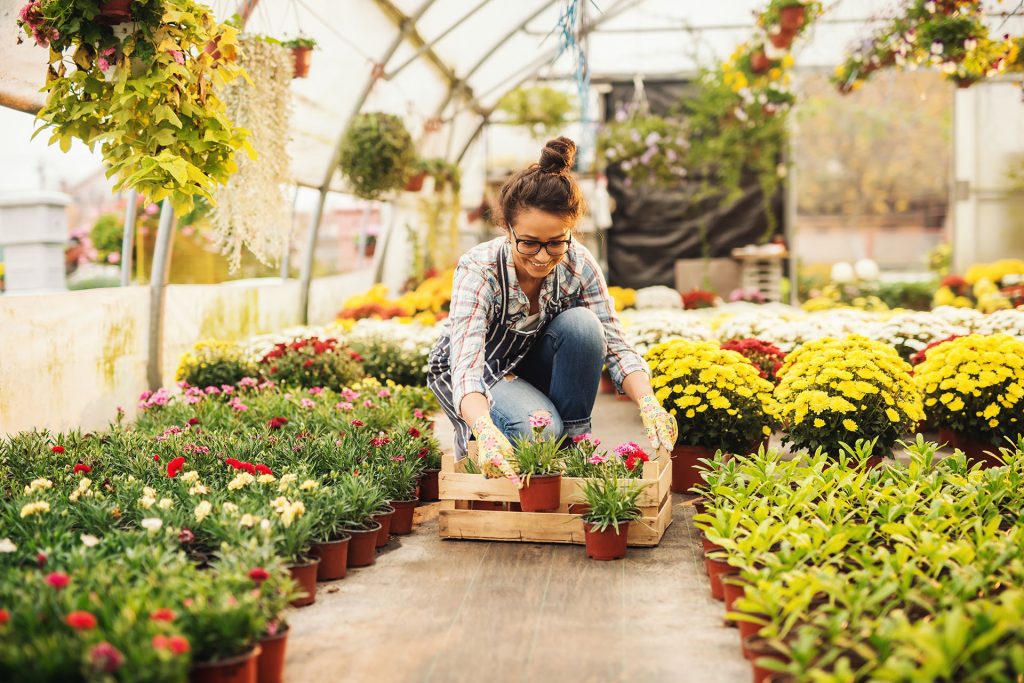
Readers Digest Condensed Version of this Article
- Zone 7 defines our Mountain Gardening – buy plants labeled for Zones 1-7
- Low winter temperatures are ideal to grow apples, peaches, cherries, grapes, berries, lilacs, forsythias, butterfly bushes, and more.
- Mild weather allows gardening 12 months of the year.
- Winter-blooming flowers include pansies, snapdragons, violas, dusty millers.
- Never underestimate the Arizona sun, wind, and dry air at these upper elevations.
- Mountain soils change throughout the yard and you need to adjust each garden project accordingly.
- Animals to manage in the garden are javelinas, deer, antelope, rabbits, squirrels, and gophers.
- Companion plants that grow best in February are pinion, lily of the valley, peony and carpet juniper.
- Free Garden Classes held at Watters Garden Center, 9:30 a.m., February 8 and 15.
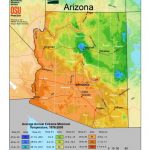
Our local USDA garden zone is 7 with a definite influence from zone 8. This defines our area as mild, with a distinct winter of nightly freezing temperatures. The secret when buying plants is to look for those that grow in zones 7 and lower. Stay away from growing desert plants meant for zones 10 and 11.
Low winter temperatures provide the chilling necessary to grow all the deciduous fruits and perennials that thrive in colder climates. The list includes apples, peaches, cherries, grapes, and berries. This climate also is conducive to blooming deciduous shrubs such as lilacs, forsythias, hardy camellias, rose of Sharons, butterfly bushes, and Russian sages.
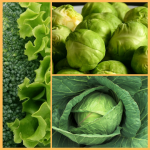
We garden 12 months of the year because of our mild seasons. Broccoli, spinach, lettuces, cabbages, and Brussels sprouts are available at the garden center now and should be planted late winter to early spring with expected harvest before Mother’s Day. Warm season crops are planted in May. Few places in the country allow these two-season harvests. Local Vegetable Planting Calendar.
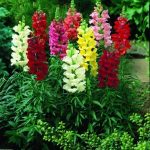
Our best winter-blooming flowers include pansies, snapdragons, violas, dusty millers, Johnny-jump-ups, and ornamental kale. Our mild cool season is a boon for gardeners who grow for color. A splash of flowers blooming through the snow is an oasis of cheer during our winters. All are available at the garden center now and can be planted right away. I fully expect my garden to provide brilliant color every month of the year.
Never underestimate the Arizona sun, wind, and dry air at these higher elevations. They are major influences in determining which plants do well in our landscapes, and which don’t. Informed selectivity is essential when choosing plants for an Arizona mountain landscape. This region does best with plants that have thick, leathery leaves because they allow plants to retain extra moisture and to be less prone to tearing during the area’s fierce windstorms. This is when it pays to talk to a gardening expert with experience dealing with local landscapes; it can save you a whole lot of time, energy, and expense in creating your landscape.
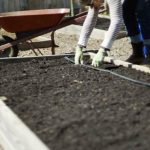
Mountain soils change from home to home, even on the same street. In many landscapes, the soil in the front yard is different from that in the backyard! You need to learn how plants react in each new garden location. Local soils typically are either sandy or heavy clay with very little organic material. Therefore, soil preparation for planting is of extreme importance. It demands the addition of organic mulch to your soil to either hold in the moisture for granite soils, or to keep clay soils from compacting. Our soil is alkaline, so don’t add either lime or wood ashes as they increase its already high pH. Instead, local gardens benefit from Soil Sulfur that lowers the soil’s pH.
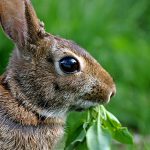
National Forest lands surround us, so mammals can be an issue for local gardeners. javelinas, deer, antelope, rabbits, squirrels, and gophers all have the potential to devour portions of a carefully planned landscape. Garden here for more than a season, and you quickly find local gardeners that either gave up because of the critters or have found ways to garden with them. Local Deer and Rabbit Resistant Plant List.
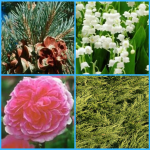
Companions of the Month – each month of the growing season has certain plants that look and grow better than others. February’s companions of the month are best planted now for years of enjoyment. Look to plant Single Leaf Pinion Pine, Lily of the Valley, Peony, and Calgary Carpet Juniper.
Single Leaf Pinion Pine is more robust than our local variety and far less prone to pinion pine scale. This is also the variety that produces that delicious buttery pine nut so often used by gourmet chefs, and atop home picked salads.
Lily of the Valley has sweetly fragrant perennial flowers that thrive in the shaded parts of your landscape. Grows to only knee-high, but with a fragrance that puts jasmine or lilac to shame.
Peony varieties are best bought in February when the selection is best. They bloom in May through summer, but they must be planted early for the longest bloom season this year.
Calgary Carpet Juniper is at the top of the list for creeping plants that look good next to that sterile rock lawn. Growing only ankle-high, but spreading 6′ feet wide across the yard, it loves bright mountain heat. It loves growing between boulders, down any rock face or as that low border next to the driveway. This plant truly is tough.
Free Gardening Class held every Saturday morning, 9:30, here at Watters Garden Center.
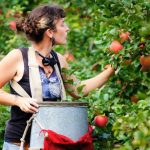
February 8 @ 9:30am ~ Mountain Fruit Trees and the Heavy Harvest. Taught by master arborist Jonny Schaffer, owner of Jonnys Tree and Landscape Company. Learn about all things edible at this fast-paced class.
February 15 @ 9:30am ~ Gardening for Newcomers. New to Arizona or just new to gardening? This class is Gardening 101 for everyone hoping to turn a mountain thumb greener this spring.
Ken Lain can be found throughout the week at Watters Garden Center, 1815 W. Iron Springs Rd in Prescott, or contacted through his web site at WattersGardenCenter.com or FB.com/WattersGardenCenter .


This is a test to be sure the Reply to Blog Post is working
02_12